Going Dark: The Boundary-Pushing Creativity of BIPOC Women Designers
For the first time since the pandemic hit, we are starting to be able to reflect on the time it has given us to grow. The capitalist systems in place that enable us to live in ‘harmony’ with each other disintegrated when faced with such disruption, and for fashion creatives especially, this provided more time for reflection, without the impending deadlines of seasonal runways. But for many people of colour in the industry, this time for reflection is nothing new. In fashion, many BIPOC designers’ are denied opportunities to work and question their place in a supposedly collaborative system time and time again. For this first time, the disruption caused by the pandemic put their white counterparts on a level playing field with them, as many fashion giants halted production and took time away from the craft. For many, this was also a unique time to showcase their art, leading to more creative exploration via fashion, photography and art as key gateways for design and business development. With a focus on black-owned businesses and entrepreneurs, we will be exploring the creations of several designers with huge potential and differing levels of success and exposure.
Selasi
Ronan Mckenzie, best-known for her photography, has recently changed her production line to fashion design. Since the pandemic restricted new opportunities for collaboration, she has discovered new outlets for her creativity. Ronan has a varied portfolio and has worked with numerous collaborators, including celebrities Solange and FKA Twigs, celebrating Black representation and fashion. She is a widely celebrated artist, with multiple press outlets writing about her work on Black liberation: i-D cited her as the “21-year-old-photographer exploring society’s perceptions of the Black body”. Their article explores her 2015 exhibition on the acceptance of contemporary views on Black sexuality, prejudices and power, writing that “Ronan may have been born and raised in the multi-cultural hub that is East London’s Walthamstow, but the reactions she received towards her skin colour and dreadlocks led her to delve deeper into her heritage, only spurred on by the lack of ethnic models for her to shoot.” From an early age, Ronan understood that even though London is known as one of the most multicultural cities in the world, it does not mean that every one of its inhabitants will be welcoming, understanding, or most importantly educated about multiculturalism. It has become so bad that not only are people unable to understand those from different backgrounds, but they are unwilling to learn. This creates an environment which enables prejudice on a personal and systemic scale, both if which have influenced Ronan considerably. For instance, the shapes of her garments are closely associated with ideas about the Black body; muscular for men and curvaceous for women, exaggerated by tight casting. This was one of the building blocks for Ronan’s first collection. The designs of her clothing act to connect limb to body, “hugging and accentuating the figure or puffing out to create extra volume and emulate strength” in an unorthodox way. As part of her celebration of Black and brown bodies, Ronan’s collections use exclusive design techniques to showcase melanated skin, such as knitwear puckering in her recent collaboration with KBN Knitwear, which emulates keloid scarring. The collection was strictly made around brown colour palettes, to address the difficulties many people of colour face in finding clothing to match their complexion. These clothes are designed with inclusivity and ethnicity in mind.
To keep her collections accurate and authentic, Ronan communicates with other Black women and encourages their opinions on Selasi clothing. This helps bring important, underrepresented voices to the forefront of such a subjective industry, and solidifies Ronan’s pro-Black message. She hopes that this will allow Selasi to grow even larger and promote empowerment to the consumers that wear the garments, especially Black and brown people: “I enjoy wearing clothes by designers of colour and I feel powerful when I am, so that’s ultimately what I want to convey with Selasi.”
Abiola Olusola
For Abiola Olusola, minimalism, femininity, functionality and practicality are at the forefront of her fashion exploration. Born and raised in Nigeria, Abiola graduated with a BFA in fashion design in Paris, with the hope to develop a brand which later launched in 2017. Since then, she has received critical acclaim online from both critics and consumers, leading to an expansion into Temple Muse, a luxury retail store in the heart of Lagos. The success story of her sophisticated ready-to-wear collections saw the brand named ‘one to watch’ in 2018, as well as being selected as one of 5 finalists of the Alara Emerge Fashion Fund. On top of this, Abiola has been nominated for Designer of the Year 2019 by Fashions Finest Africa, and has shown collections in multiple fashion weeks. With a priority to work with local African craftspeople, Abiola hopes to highlight - and create - ways in which traditional fabrics can be a part of contemporary living and production. Her garments are sustainable and have waste management in mind, carefully crafted from fabric to finish in a way that celebrates all that is African and pro-Black.
Both the clothing on social media and the garments sold on Abiola’s website are joyful and bold, lovingly designed by ethical artisans in Lagos who embody Black excellence. Drawing on African culture and traditional dress, Abiola creates garments like the Demi Dress, vibrant in colour and print, and a far cry from conventional Western shapes. Meanwhile, the Tinu Full set sits perfectly on the body, integrating contemporary fashion trends like the crop top with African-inspired design elements such as the exaggerated sleeves and cut skirt. Fabric wraps around the stomach area, supporting the back and encouraging good posture, shown in a beautiful burgundy, blue and muted yellow plaid print that is locally woven in Nigeria and Benin. Elsewhere, tunics, dresses and suits in vibrant patterns and colours also feature.
For these designers, inclusivity is at the heart of their creation, and this is reflective of the wider changes taking place across the fashion industry. Black creativity and Black liberation is long overdue in taking the spotlight, and cannot be muted for much longer. Supporting independent businesses is sustainable, ethical, and helps draw attention away from greedy fashion corporations, to those individuals who are working to find their voice and bring about greater representation in the industry.


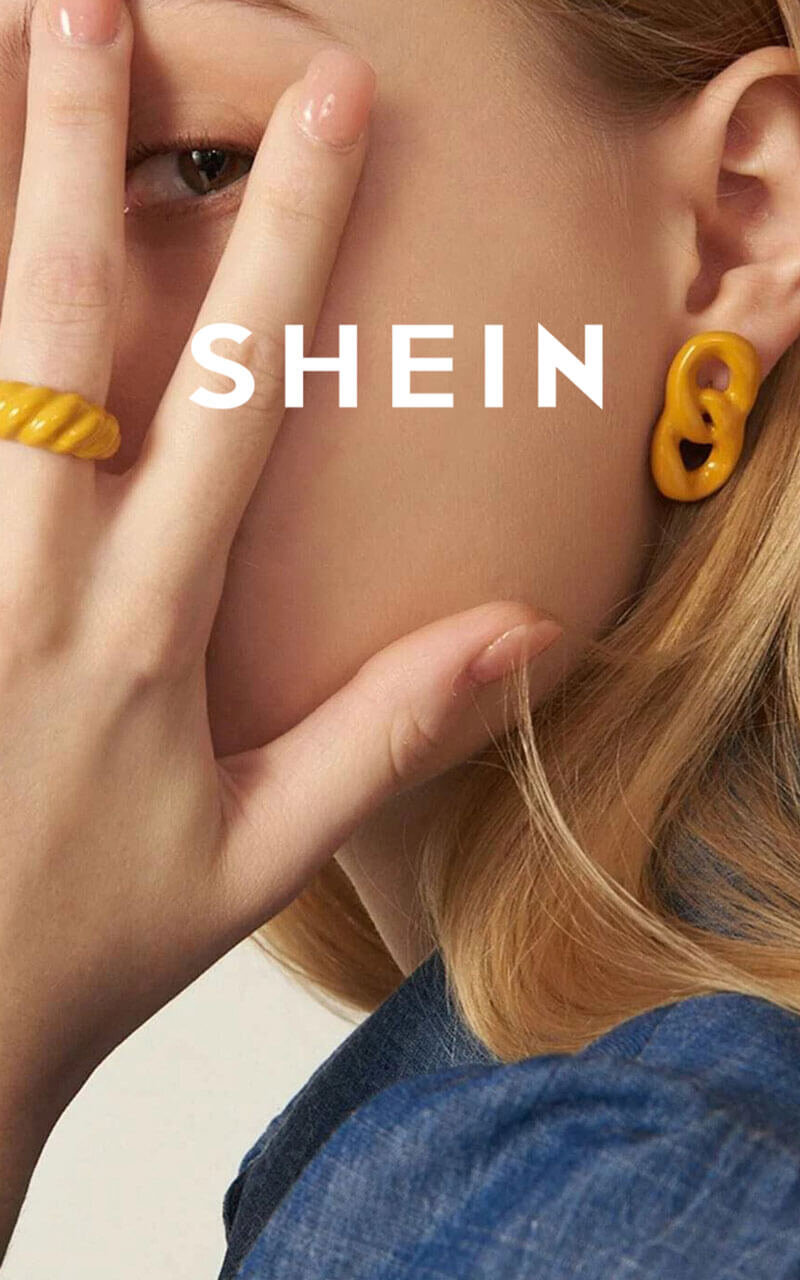
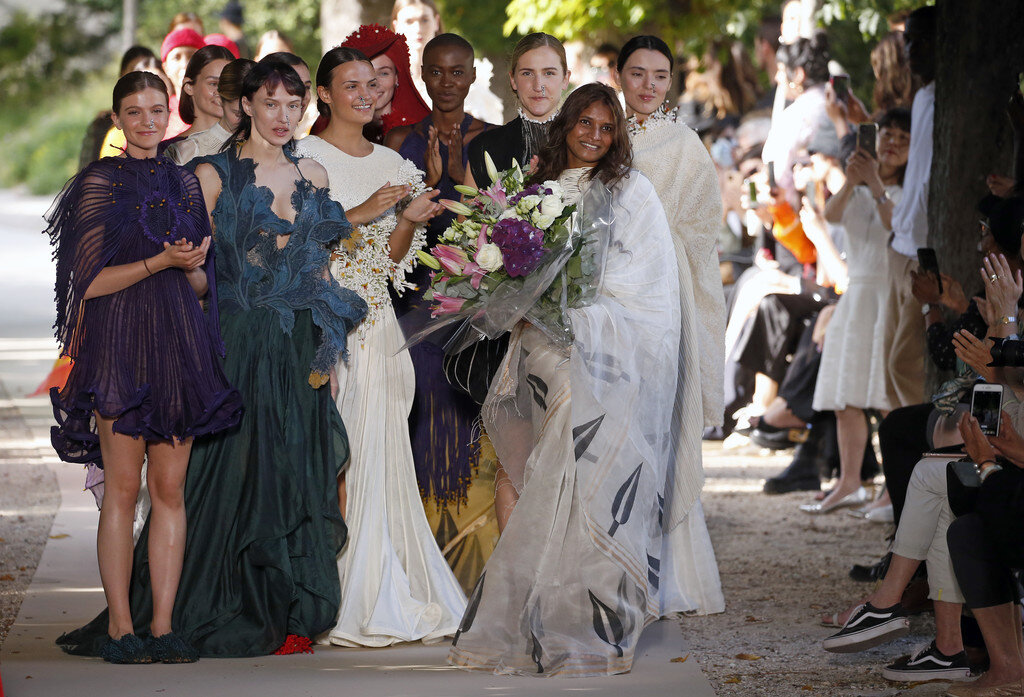


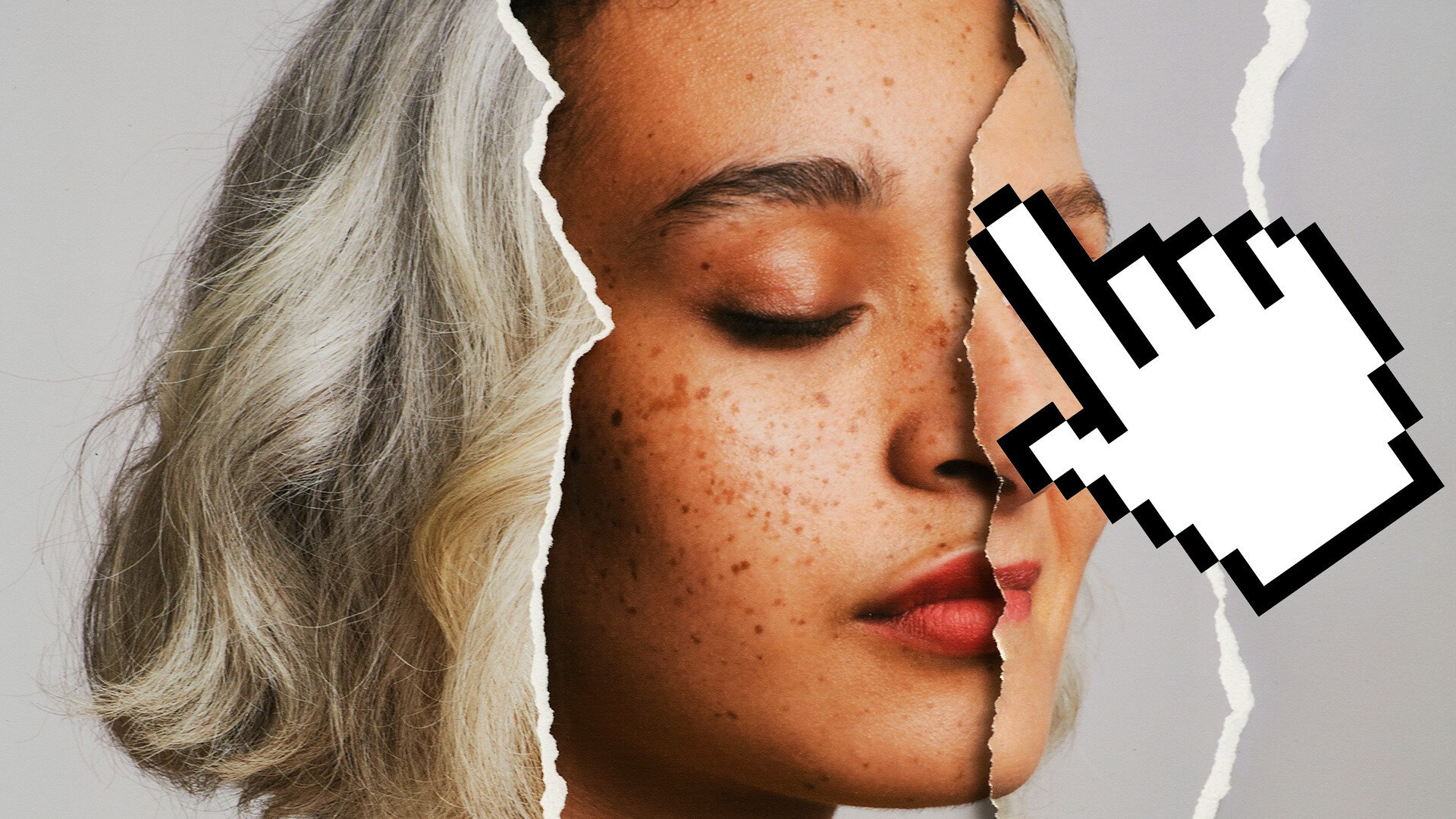
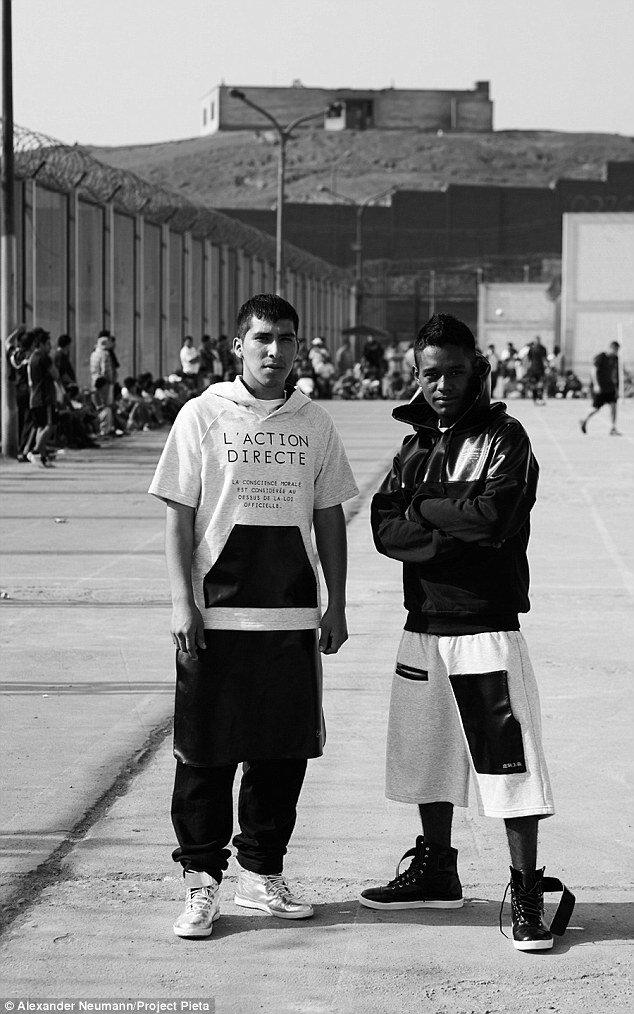
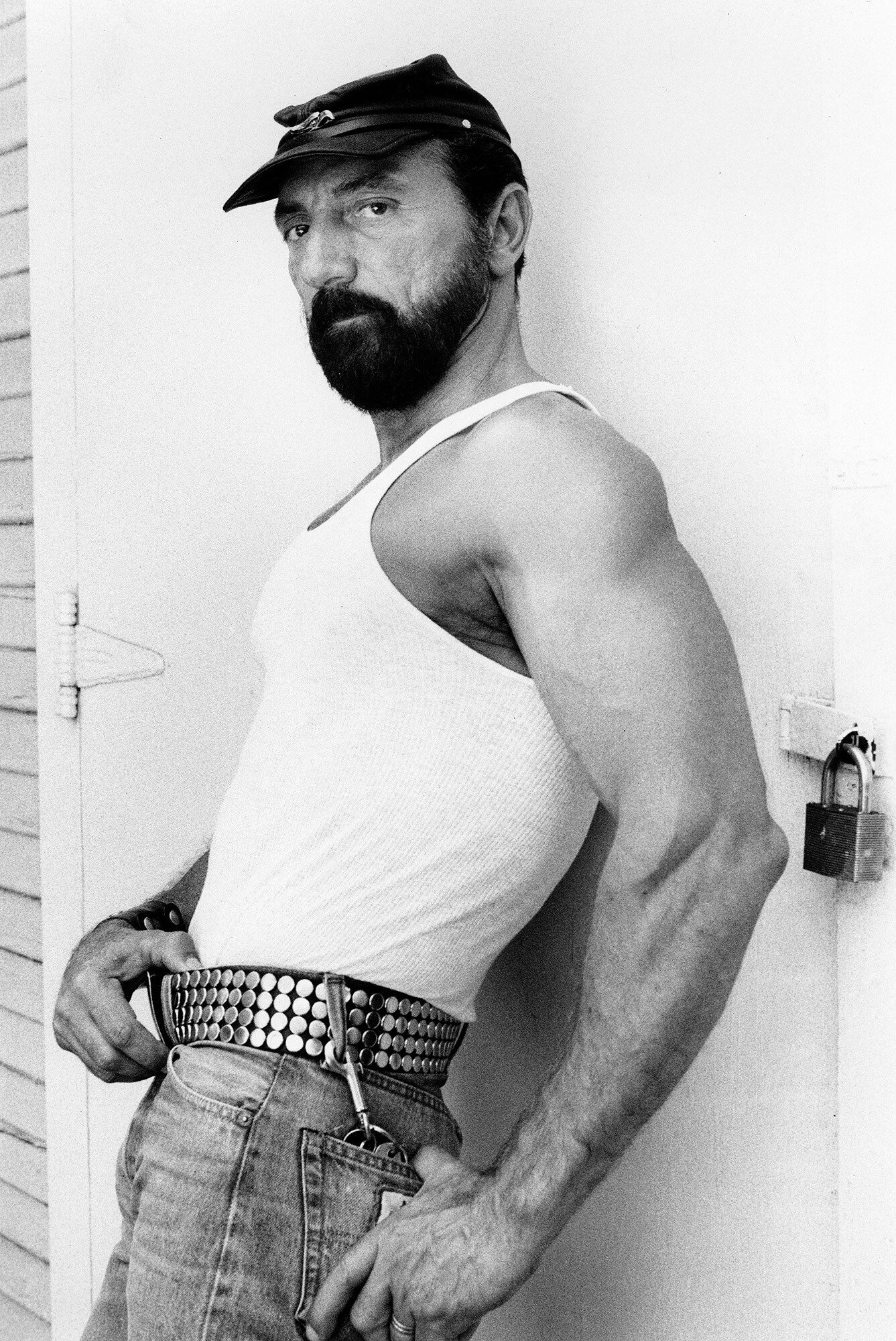


In the wake of England’s UEFA loss against Italy, and the racist attacks on players that followed, MATERIAL reconsiders the history of the ‘three lions’ and its problematic connotations.